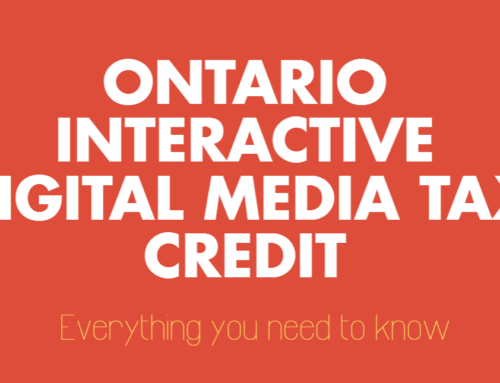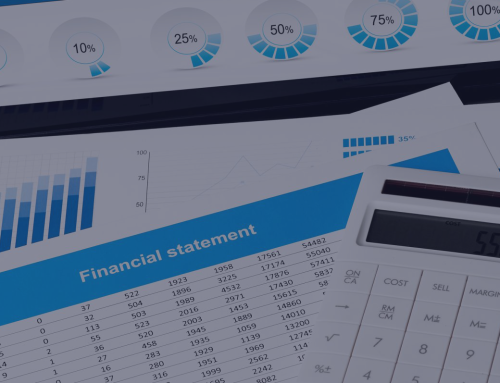The Canadian economy seems to be slowing down as of recently. Starting a new business at this time is even more difficult; cash is tight and purchase orders are scarce. It is even harder to grow it and eventually see it thrive.
According to data provided by Industry Canada, the rate of success after year 1 is about 85%, while after year 2 it drops to 70%. The rate of survival after year 5 is only about 51%. A large number of these projects fail because of deficiency of capital. So, understanding how and where to receive financing becomes of paramount important.
As one of the Canadian biggest sources of government cash for private sector innovation and research, SR&ED can play an essential role in a start-up’s financing by extending the runway until products or services can be effectively monetized. SR&ED is used extensively by large businesses; however, start-ups and small companies have even more access to the program, regardless of whether it generates any revenue or not.
The program can pay 68% (in Ontario) of related salaries, and the money isn’t a tax credit; instead, it’s a check you get from the government whether or not your company makes money. It’s a fantastic source of ongoing capital raising process.
Start-ups should investigate SR&ED because it is a good year 2 cash flow tool for them. Take the example of UberFlip, a Toronto-based marketing software start-up founded in 2009 that took advantage of SR&ED and other government programs; it never had to resort to raising venture capital because of this. (Retrieved from The Globe and Mail)
Even though SR&ED is a great source for start-ups, there are circumstances whereby an SR&ED claim may be refused. Most of the time, claims are lost due to lack of understanding of this program or not providing sufficient relevant information to CRA for the claim.
So should start-up founders even try to tap into the program?
The answer is an overwhelming Yes, say accountants and experts in this field. Whether you are a start-up or have been in business for a while, it is your entitlement to make an SR&ED claim for eligible activities and you should never leave this money on the table. SR&ED will refund a portion of a start-ups’ R&D costs based on expenses incurred during the previous year – some of those earliest expenses claimed were incurred 18 to 30 months prior to filing the claim. Today, almost two years down that path, your start-up business may fail due to lack of capital that you could have raised through SR&ED. Sometimes, that is all it takes to keep your dream alive.
“SR&ED is a popular funding tool for start-ups because it helps them capitalize internally as they grow” says Vijay Kalra CPA, CA and the CEO of SR&ED Funding Consultants Inc. “We can very quickly pre-qualify your company for SR&ED after a short free consultation if we believe your activities are eligible under this program”, he adds. So don’t “disqualify” yourself on your own.
Just ask yourself the following questions and if the answer to any of the questions is YES, your company may well be eligible to receive SR&ED credits.
- Is your business facing significant technological difficulties and challenges recently?
- Is your business involved with the development or a new product or process?
- Is your business involved with the improvement of an existing product or process?
- Is your business investing or plans to invest a significant amount of money in technology in the near future?
Still have questions? Call us at 1-888-418-7733 and get yourself a free evaluation to find out if your company qualifies today!








Leave A Comment